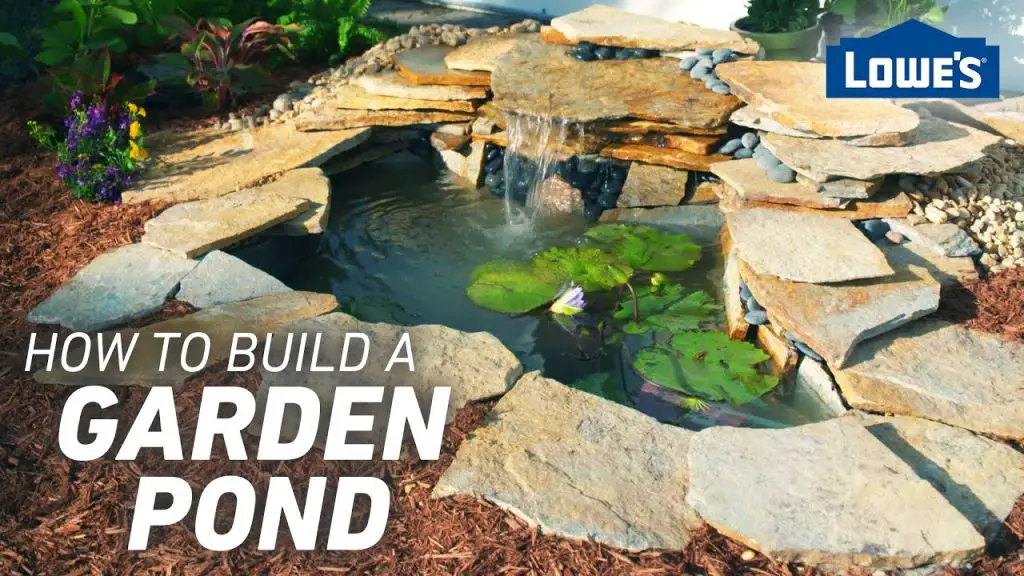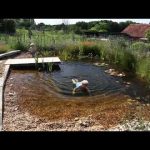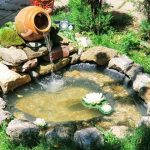Creating a beautiful and functional pond in your backyard can be a rewarding and relaxing project. Whether you want to add a water feature to your garden, provide a habitat for aquatic plants and animals, or simply enjoy the soothing sight and sound of water, building a pond can be a fulfilling endeavor. In this comprehensive guide, we will explore the step-by-step process of how to make a pond, from planning and design to construction and maintenance.
### Planning and Design
Before you start digging, it’s essential to carefully plan and design your pond. Consider the following factors:
#### Location
Selecting the right location for your pond is crucial. Choose an area that receives a good amount of sunlight, as this is essential for the growth of aquatic plants. It’s also important to avoid placing the pond under trees, as falling leaves can create maintenance issues. Additionally, ensure that the ground is relatively level to prevent water runoff and erosion.
#### Size and Shape
The size and shape of your pond will depend on the available space and your design preferences. Consider the overall aesthetic of your garden and choose a shape that complements the surrounding landscape. Popular pond shapes include circular, oval, and kidney-shaped designs.
#### Depth
The depth of your pond will vary depending on its intended use. For example, if you plan to keep fish, a deeper pond is necessary to provide them with sufficient space and stable water temperatures. In general, a depth of at least 2-3 feet is recommended for a pond that will support aquatic life.
#### Water Source
Determine the water source for your pond. If you have access to a natural water supply, such as a well or spring, this can be used to fill the pond. Otherwise, you may need to consider installing a water line to ensure a consistent water supply.
#### Materials
Decide on the materials you will use to construct the pond. Common options include flexible pond liners, preformed plastic ponds, or concrete. Each material has its own advantages and considerations, so choose based on your budget, aesthetic preferences, and intended use of the pond.
### Construction
Once you have planned and designed your pond, it’s time to move on to the construction phase. Follow these steps to build your pond:
#### 1. Mark the Layout
Use a garden hose or spray paint to outline the shape and size of your pond. This will serve as a guide for excavation.
#### 2. Excavation
Begin digging within the marked area to create the foundation of your pond. The depth of the excavation will depend on the desired depth of the pond and the type of aquatic life you plan to support.
#### 3. Install Underlayment
Once the excavation is complete, install an underlayment to protect the pond liner from punctures and damage. Common underlayment materials include sand, old carpet, or specialized pond underlayment fabric.
#### 4. Place the Liner
Carefully place the pond liner in the excavated area, ensuring that it is positioned smoothly and without folds. Be sure to leave excess liner around the edges to allow for securing and trimming later.
#### 5. Secure and Trim the Liner
Secure the edges of the liner using rocks, bricks, or other heavy objects to prevent shifting. Once secured, trim any excess liner, leaving a small overhang to account for settling and future adjustments.
#### 6. Add Water
Begin filling the pond with water, using a dechlorinator if necessary to remove harmful chemicals. As the pond fills, adjust the liner to ensure a smooth and natural appearance.
#### 7. Landscaping
Once the pond is filled, add landscaping elements such as rocks, gravel, and aquatic plants to enhance the visual appeal and natural habitat of the pond.
### Maintenance
After your pond is constructed, it’s important to implement a regular maintenance routine to keep it healthy and thriving. Here are some essential maintenance tasks to consider:
#### Water Quality
Monitor the water quality of your pond regularly using test kits. Maintain proper pH levels, and address any issues with algae or excessive debris.
#### Debris Removal
Regularly remove leaves, twigs, and other debris from the surface of the pond to prevent water contamination and maintain a clean environment for aquatic life.
#### Plant Care
If you have aquatic plants in your pond, be sure to maintain them by removing dead leaves, controlling overgrowth, and fertilizing as needed.
#### Fish Care
If you have fish in your pond, monitor their health and behavior, and provide appropriate feeding and care as necessary.
#### Pump and Filter Maintenance
If your pond includes a pump and filter system, ensure that they are properly maintained and cleaned to promote optimal water circulation and filtration.
#### Seasonal Considerations
Be mindful of seasonal changes and their impact on your pond. In colder climates, prepare the pond for winter by removing sensitive plants and protecting fish from freezing temperatures.
### Conclusion
Building a pond is a gratifying project that can enhance the beauty and tranquility of your outdoor space. By carefully planning, designing, and constructing your pond, and implementing a regular maintenance routine, you can create a thriving aquatic ecosystem that brings joy and relaxation to your home. Whether you’re a seasoned gardener or a beginner looking to add a water feature to your landscape, creating a pond is a delightful endeavor that offers a host of benefits for both you and the environment.





